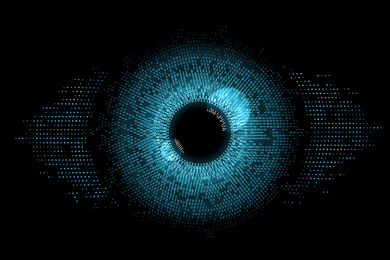Americans need to take personal responsibility for their energy consumption, according to John Heywood, the Sun Jae Professor of Mechanical Engineering and director of the Sloan Automotive Laboratory.
"We have to use 'I' and 'me' in our language (concerning energy conservation). It's real sweaty work and we have to work hard at it," he said.
Heywood spoke during the third and final installment of the MIT Museum's Soap Box series devoted to energy. The Nov. 1 event, featuring Heywood and Professor Stephen Ansolabehere of political science, was on "Growing Pains: Transitioning to a Sustainable Energy Economy."
"The scale on which we use energy is so vast, it's incomprehensible," Heywood said. "Ten to the 18th joules a year--we have no conception of what that number is."
The speakers urged everyone to make the numbers relevant to daily life by doing an energy audit at home. Then, try to reduce personal carbon emissions by 10 percent to 25 percent--without significant lifestyle changes.
Part of the answer is simply awareness, Ansolabehere said. It takes energy to heat and cool water, yet most Americans don't think about that when loading the washer or taking a shower. Large appliances, especially older refrigerators, can be energy-sucking monsters. "Let's be honest and focus on things that can really make a difference," Heywood said.
Heywood, whose specialty is the internal combustion engine, said that the public often expects new technology to save the day. But there is no replacement close at hand for the fossil-fuel-burning car. "You can make engines one-third better in terms of fuel consumption over a 30-year period," he said. "It takes a long time to get radical new technologies out there."
Ansolabehere said that to many people, the problem lacks immediacy because "energy is abundant and it's cheap. The U.S. has coal reserves lasting 300 to 3,000 years. We sit on our enormous pile of fuel, and it fuels our economy as it did throughout the Industrial Revolution." China and India, both poised for explosive growth in energy consumption, also possess enormous coal reserves.
The relative price of coal compared with other sources also makes it hard to replace in the U.S. energy portfolio: on a relative scale, coal costs $1, while nuclear energy costs $2 and solar $5.
One way to even the playing field for more environmentally friendly technologies would be to impose a carbon tax. Japanese and Europeans are taxed far more for carbon emissions than Americans and emit far less carbon dioxide into the environment, Ansolabehere said.
Surveys indicate Americans may be willing to pay more for a clean energy future. "People in the U.S. are starting to recognize that this is a problem. Global warming used to be the No. 6 concern, now it's the No. 1 environmental concern for 50 percent of the population," said Ansolabehere, whose expertise is public opinion. He attributed the new attitude to: "Hurricane Katrina, the (April 2006) Time magazine issue devoted to global warming, continual news coverage. People are starting to hear about it, and they didn't three years ago."
The Soap Box presentation wound up with an discussion period, during which audience members shared some initiatives that could make a difference. Cambridge City Councilor Henrietta Davis pointed out that the city is introducing a system that breaks down electrical usage building by building, which will raise awareness about who's using the most electricity. Another attendee reported that Lexington, Mass., high school students have embarked on a yearlong project to save 10 percent of their home energy bills.
Ansolabehere wondered if there might be a way to re-create the mindset common during the energy crisis of the 1970s, when it was politically incorrect--almost immoral--to waste energy.
Heywood echoed the sentiment. "We have to develop an attitude toward our environment that looks to the next generation," he said.
The Soap Box energy series was co-sponsored by the Energy Research Council and the MIT Technology and Culture Forum. For more information about Soap Box presentations at the MIT Museum, visit http://web.mit.edu/museum/about/soap-box/06fall-schedule.html.
A version of this article appeared in MIT Tech Talk on November 15, 2006 (download PDF).





